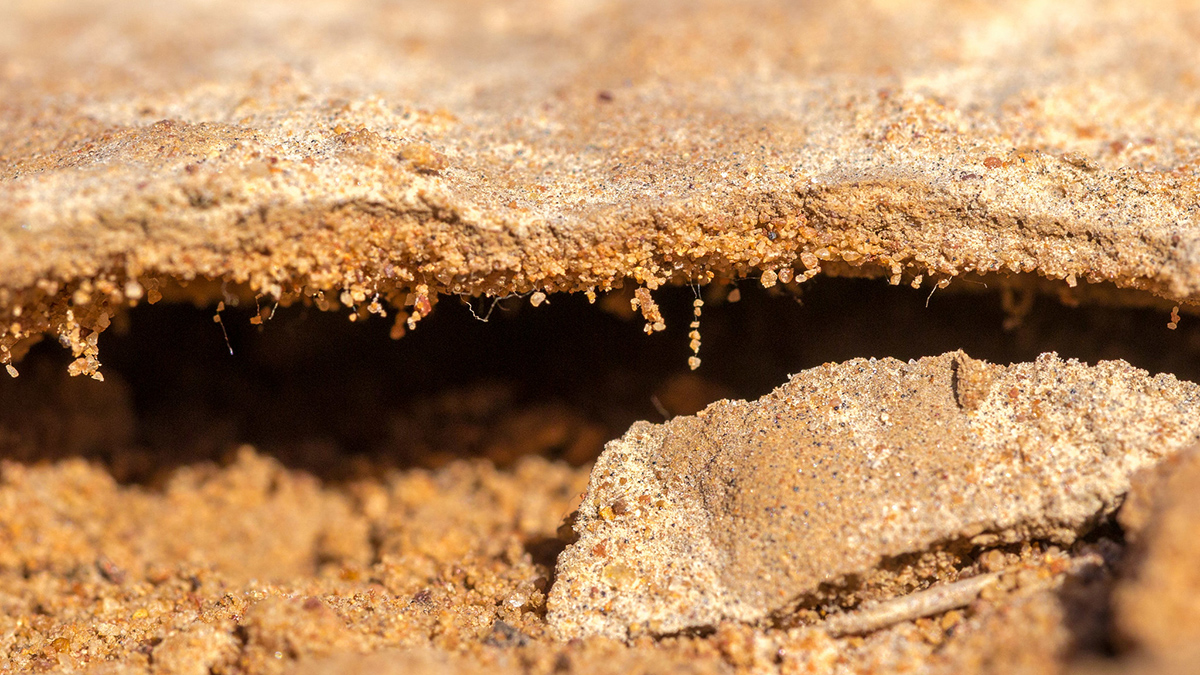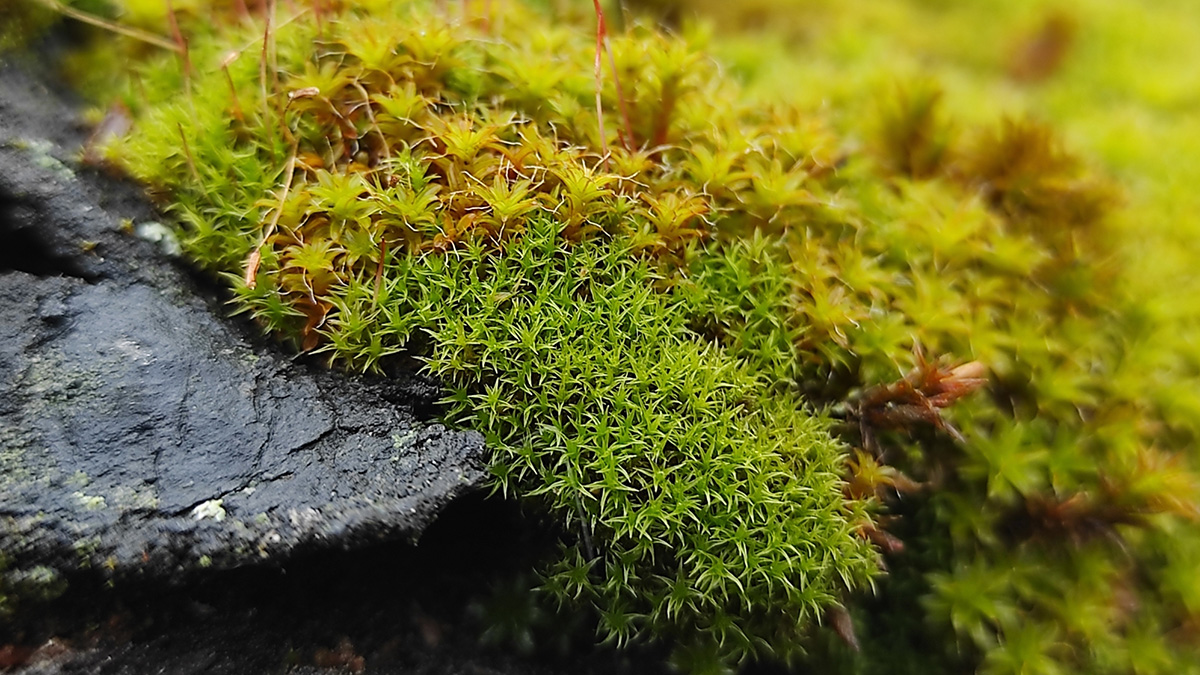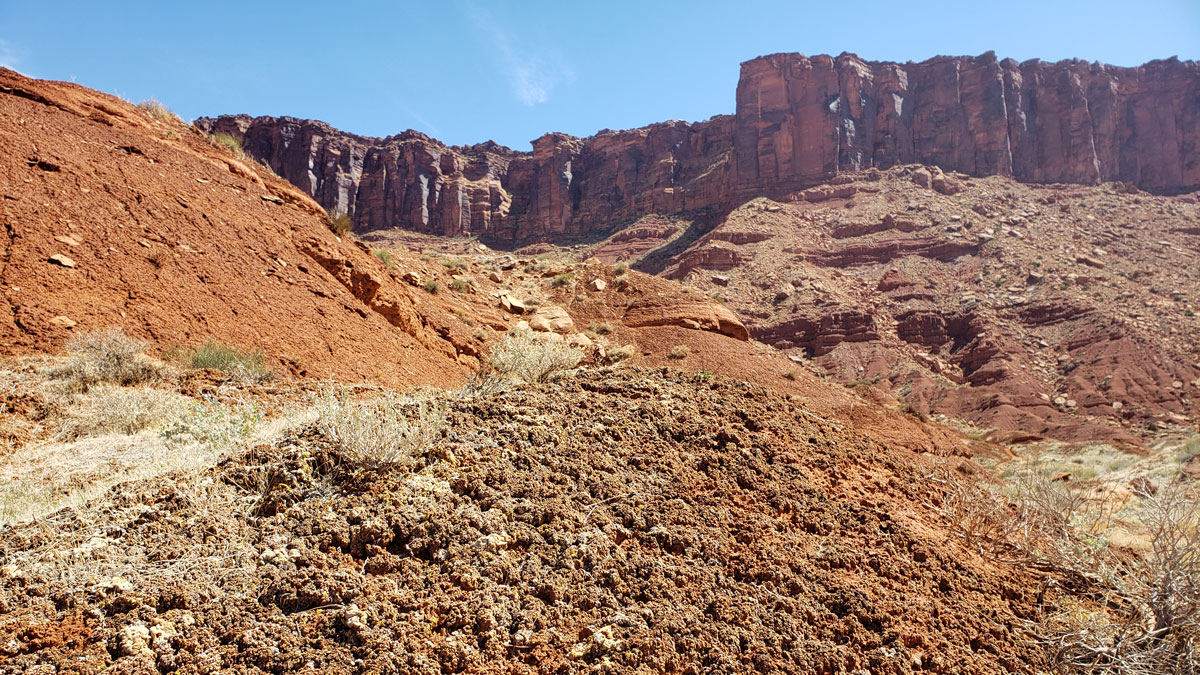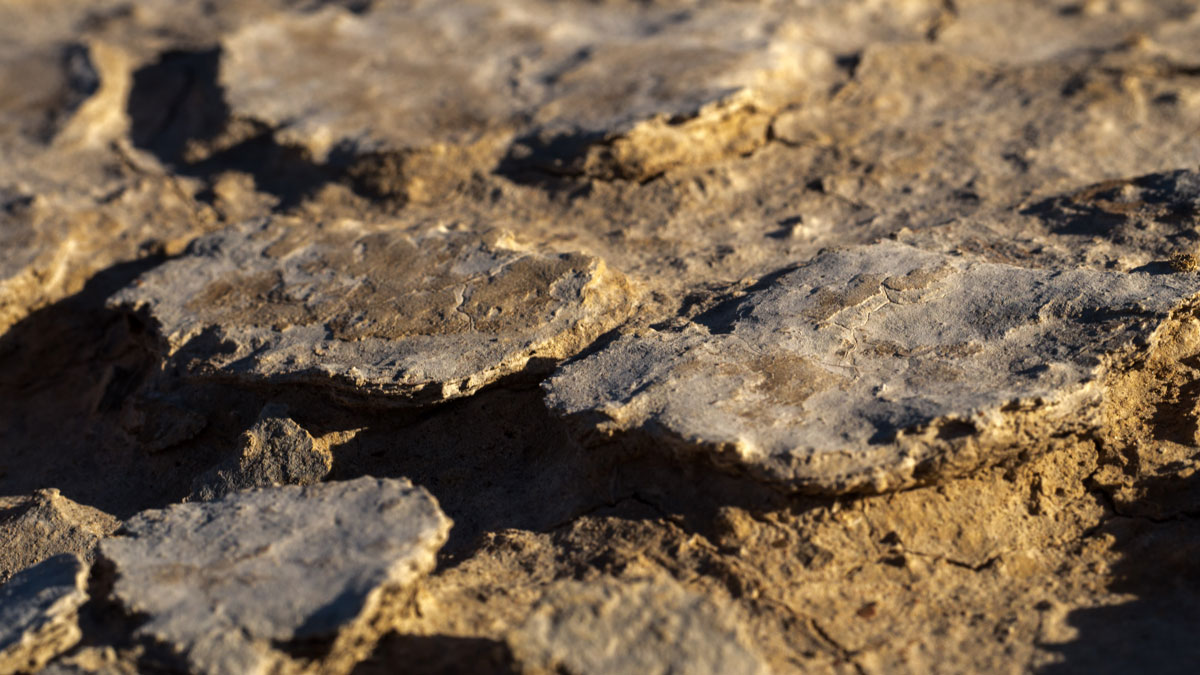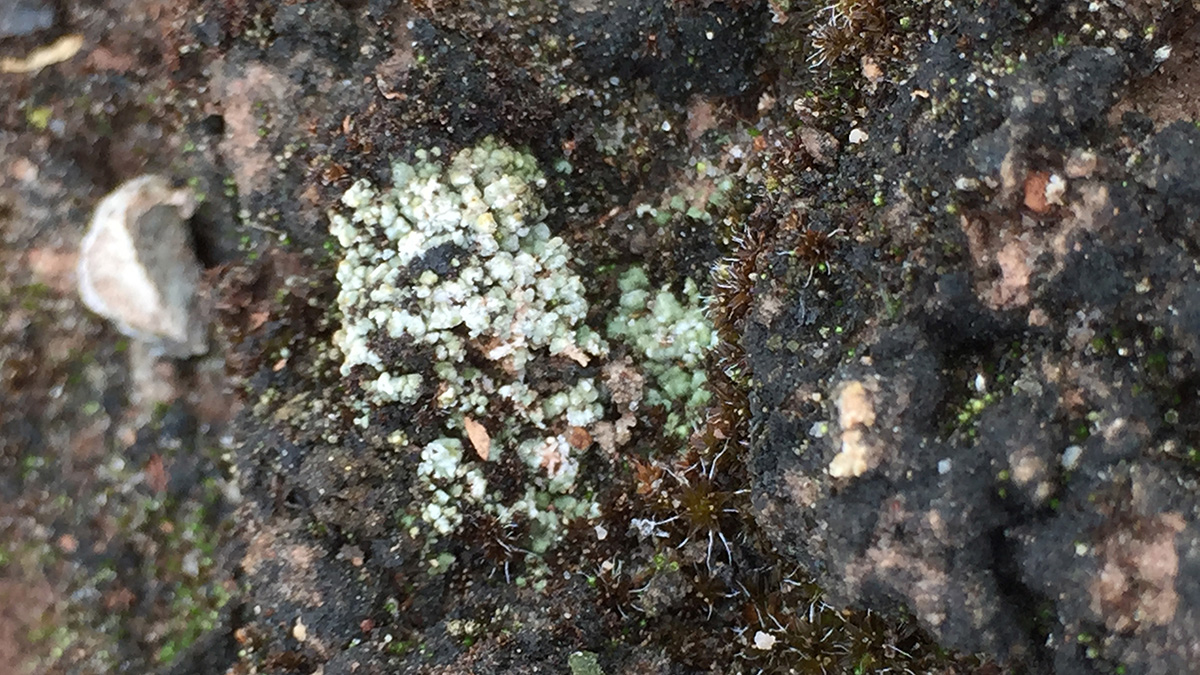Think twice before stepping on that crunchy top layer of soil. It may be a vital ecosystem—one that you can help protect.
biocrusts
Microbe Goo Could Help Guide the Search for Life on Mars
Sticky substances secreted by microbes may help create landforms on Earth. And new research shows that these substances are more preserved in iron-rich sediment. Mars is decidedly iron-rich (it’s the Red Planet, after all), so the new study adds to evidence that microbe goo could help researchers explain landform creation there. “I think this is […]
Mosses Play Key Roles in Ecosystems from Tropics to Tundra
A global survey of mosses growing on soil found that the somewhat underappreciated plants cover a vast area and perform tasks such as sequestering carbon.
Solar Panels Nurse Desert Soil Back to Life
Cultivating delicate soil crust in the shade of solar panels might boost the recovery of arid land.
Climate Change Leads to Decline in Lichen Biocrusts
As summer temperatures continue to rise, important biocrust-forming organisms in the American Southwest may be lost.
Biological Crusts Affected by Drought Can Still Stabilize Soils
Results of in situ experiments on natural microbial communities suggest that biological crusts can protect soils from erosion, but their protective role could be compromised under predicted future climate scenarios.
Biocrust “Probiotics” Can Aid Dryland Restoration Efforts
Bacteria can speed up the growth of biocrust-forming organisms in nurseries, providing more material for restoration of degraded dryland soil.
Soil Crusts Play a Dual Role in Desertification
Rain falling on bare soil can form a hard crust that prevents further infiltration. But do these crusts worsen land degradation or help to prevent it?

